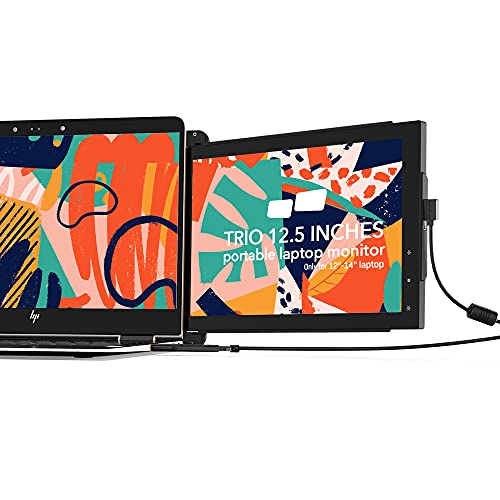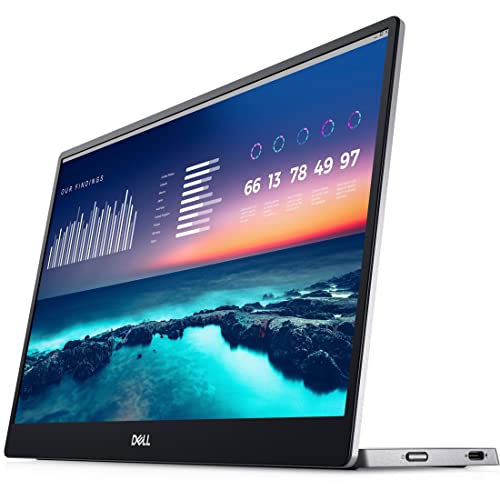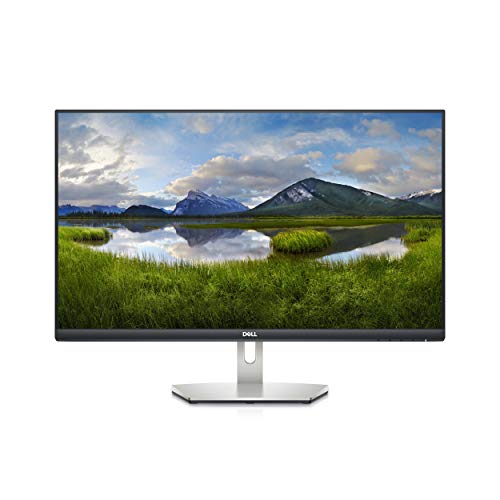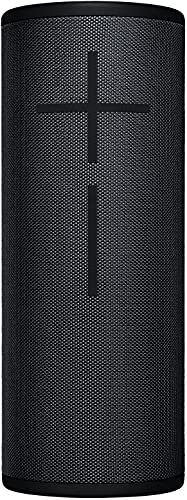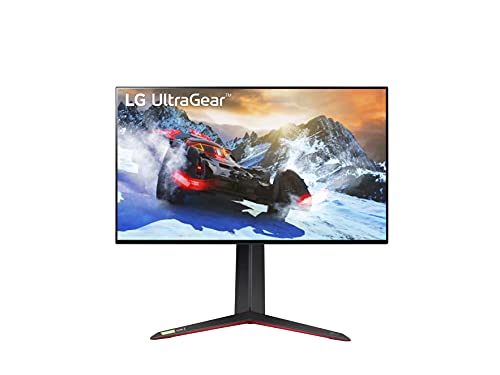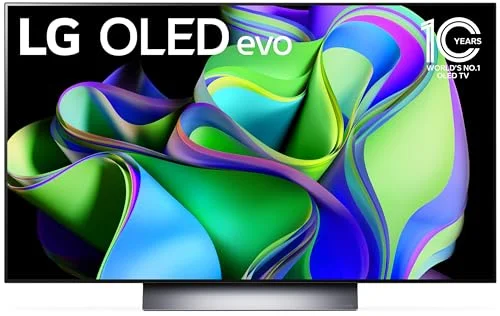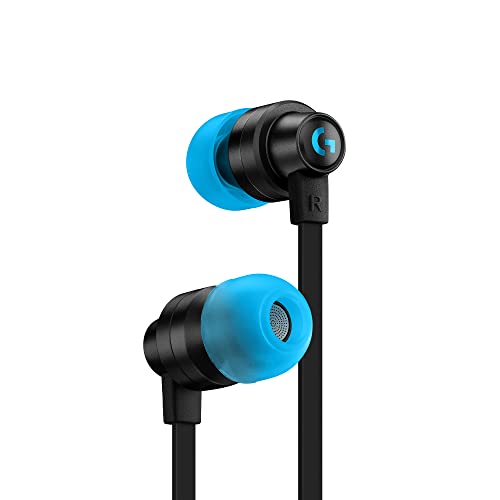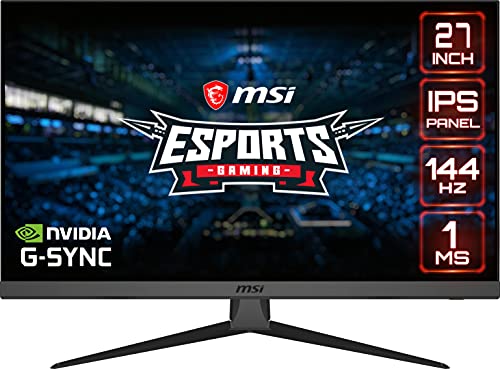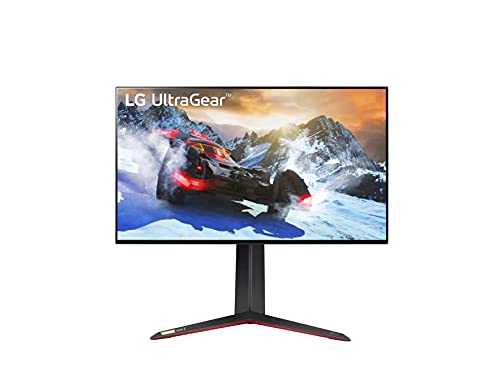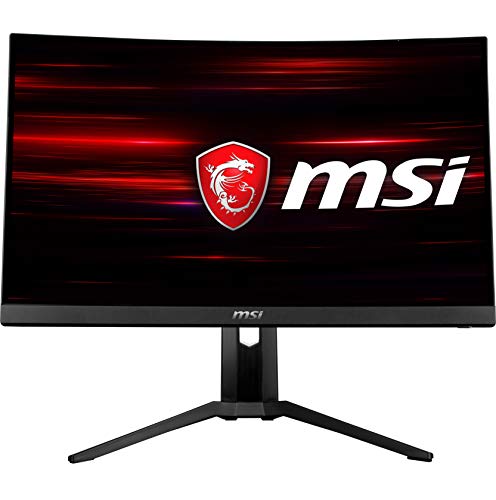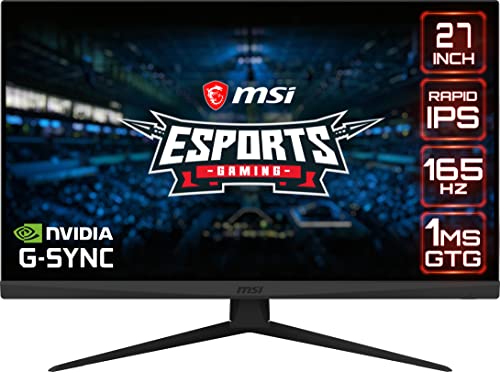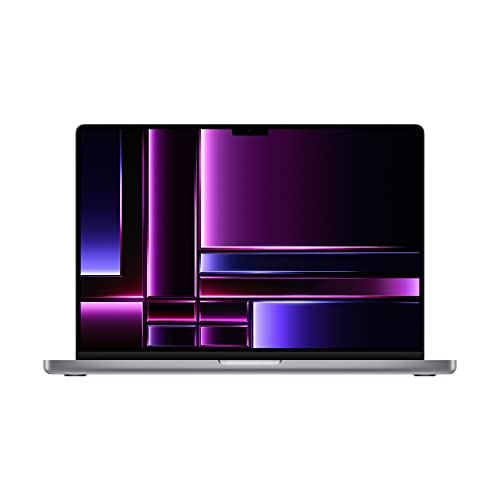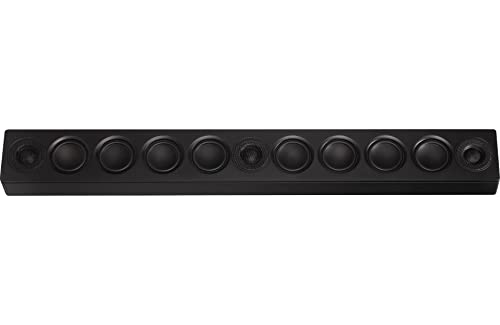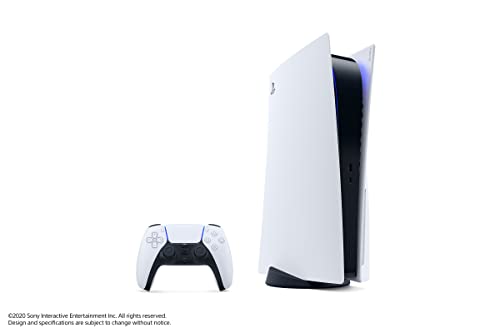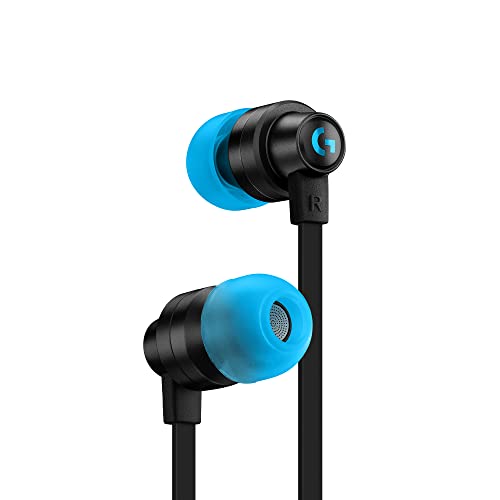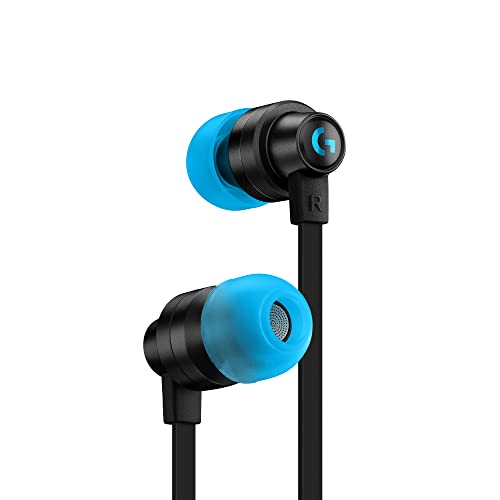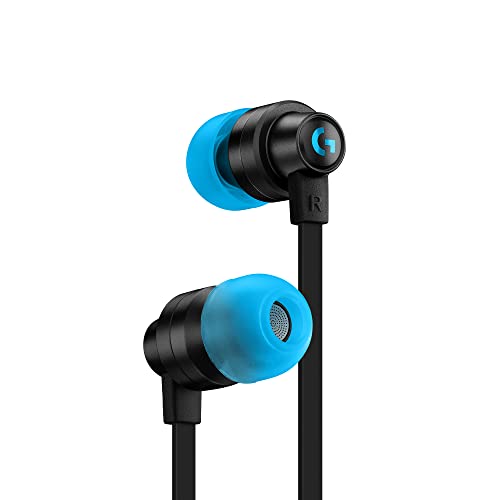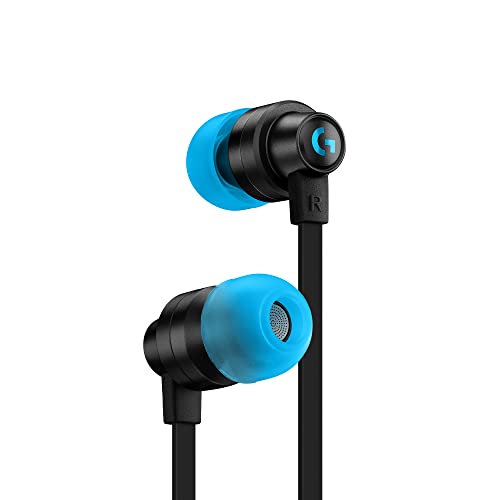Key Takeaways
- Dirty screen effect is the result of uneven color or brightness on a monitor
- With some monitors, you can adjust the color calibration to get rid of uniformity issues
- A small amount of luminosity variance is almost inevitable with most LCD devices
When it comes to dealing with monitor uniformity issues, there are a few relatively easy ways to test for and correct the “dirty screen effect” that sometimes happens on LCD screens and other top computer monitors on the market.
Other issues that may arise with displays are black sidebars on the edge of the screen and screen flickering on Windows 10. These may not always be present, so it’s good to test your display regularly, especially after working on monitor uniformity.
What Is It?
Luminance uniformity, sometimes divided into black, gray, and white uniformity, refers to the evenness of the light levels at every point on the screen. So when given a dark scene, an all-white or solid color test picture, the difference in illumination averaged across the screen. Most gray and white uniformity issues arise from minute differences in the light output of individual diodes in an LCD screen’s backlight array. This pixel by pixel deviation can vary between individual units of the same model. Read on to learn how to fix this common display problem.
Causes of Gray and White Uniformity Issues
Some dirty screen effects are caused by slight variances in manufacturing or handling of the individual product. In LCD screens, any unevenness in the pressure of the layered LCD panels may cause some areas to diffuse light differently from others, resulting in people finding the appearance of their display panel to lack evenness of colors. OLED screens can suffer from luminance non-uniformity due to any variance in the output of individual diodes, though most of the newer AMOLED screens perform well on uniformity tests.
Older monitors can also have brightness uniformity issues due to stuck pixels. Usually, this happens because the higher-energy pixels blue pixels burn out faster.
- Related Post: What to do When You’re Monitor Won’t Turn On
LCD vs OLED Uniformity
LCD screens typically have more issues with dirty screen effect than do OLEDs, though an OLED monitor may have issues may have a lack of uniformity due to different output among individual pixels. This is most noticeable when looking at a white screen. Color uniformity issues can also appear in OLED monitors for this reason, but some displays offer a uniformity compensation feature. On LED monitors, luminance uniformity problems are most often visible in the corners.
Testing Monitor Uniformity
You can test for poor uniformity on any monitor by showing an all-white, all-black, or solid color image. Then using an external camera and image processing software, you can see the color values and luminance values of each pixel in the resulting image. Alternatively, there are software solutions that come with image files to make this process easier. You can then upload your photos and the software will provide a value for color uniformity, white or black uniformity. The difference in color values across the picture is given in Delta E. The lower this number, the more uniform color reproduction across the entire screen.
To test gray uniformity issues, there is standard 5% gray (almost white) and 50% gray images you can use. A lack of uniformity will show up as a noticeable difference in brightness, typically more than one standard deviation apart in color value or luminosity. If you’re experiencing lag time, you might also be interested in testing your monitor for input lag.
How To Fix Screen Uniformity
Screen Cleaning
Occasionally a “dirty screen effect,” is just, well, literally a dirty screen. You’ll want to pick up a quality LCD screen cleaning kit consisting of a non-abrasive microfiber cloth and monitor cleaner. Never clean use water or chemical products such as countertop glass cleaner or rubbing alcohol on your monitor screen. Many all-purpose cleaners with ammonia, citric acid, or bleach can permanently degrade the screen.
Tip: Never clean use water or chemical products such as countertop glass cleaner or rubbing alcohol on your monitor screen
- Related Post: How to Fix Vertical or Horizontal Lines on a Monitor
- Related Post: How to Fix a Monitor that Shows No Signal
Color Calibration
If the factory calibration of your monitor is off in the color settings, you can often notice a color cast that looks like a dirty screen effect. Luckily, this dirty screen effect is easier to fix than luminance uniformity issues due to hardware variance and the ability to improve color accuracy and evenness of color reproduction through modifying the settings. Make sure the color presets you’re using on your computer match the color matrix of the monitor.
Warning: Make sure the color presets you’re using on your computer match the color matrix of the monitor
Brightness Uniformity Compensation
Some high-end monitors such as the X-Rite i1 Display Pro offer advanced calibration abilities, including a digital uniformity equalizer function. Monitors used for professional editing and color correction need to have measurable and consistent color values, so these gamut monitors offer software with a uniformity correction function that lets you fine-tune their uniformity compensation, ensuring minimal color variation across the screen. If you’re also dealing with image burns, you’ll want to learn how to fix image retention on your monitor as well.
STAT:
Sources:
LCD Backlight Grey Uniformity Test – YouTube www.youtube.com › watch
“Chapter 12. Dynamic Range – Linearity and Gamma”
“Get the best display on your monitor – Calibrate your display”
Friedl, Jeffrey. “Digital-Image Color Spaces, Page 2: Test Images”. Retrieved 2018-12-10. See For Yourself The Effects of Misinterpreted Color Data
https://link.springer.com/article/10.1007/s12247-014-9205-2

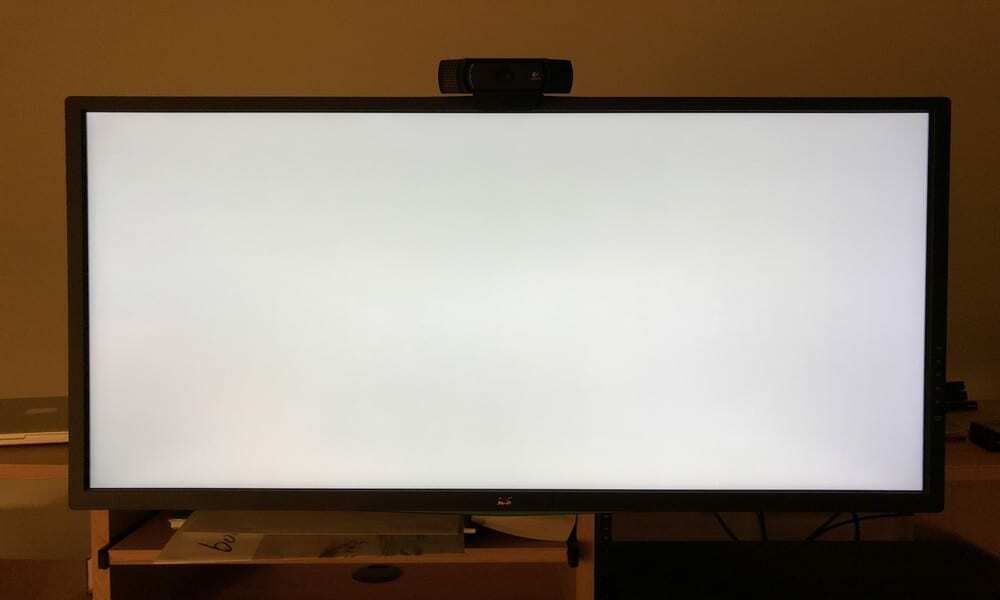
















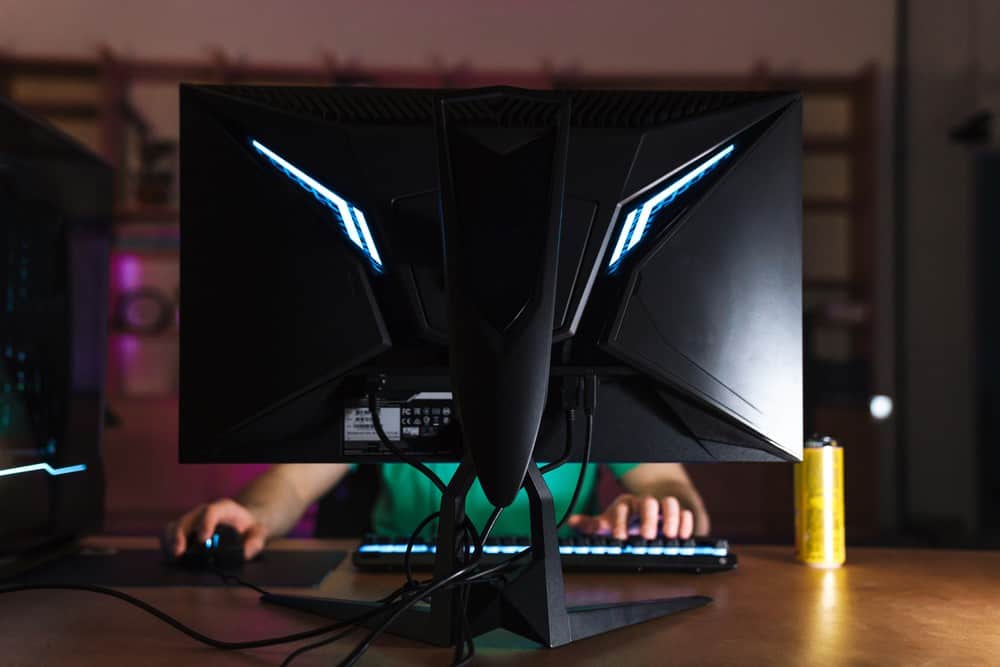
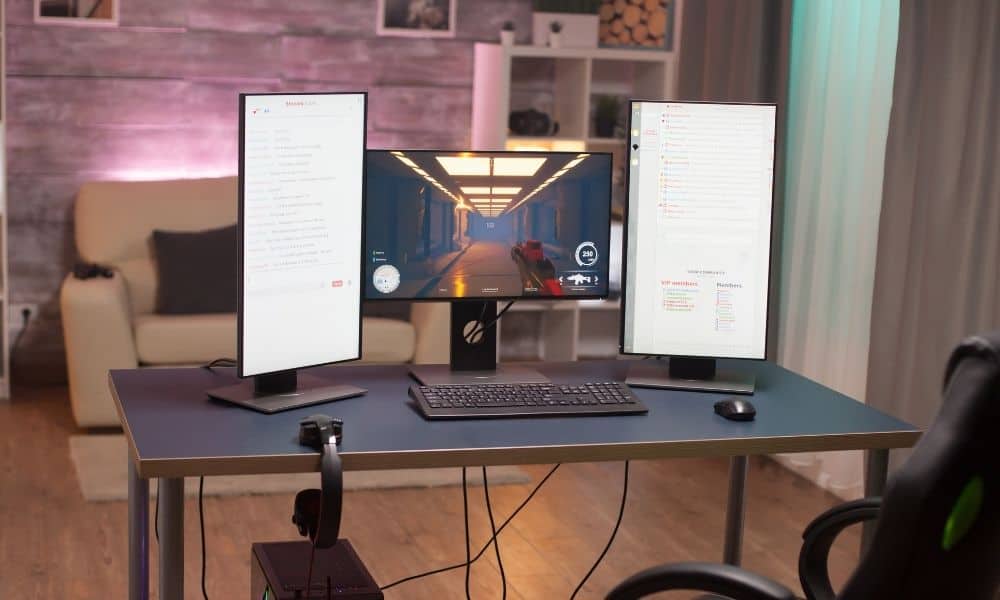
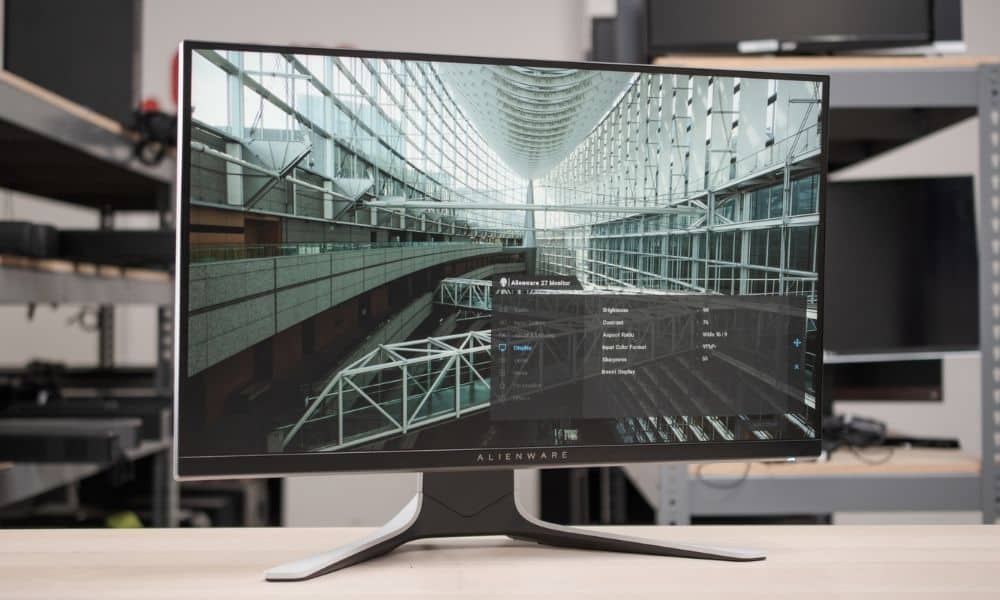
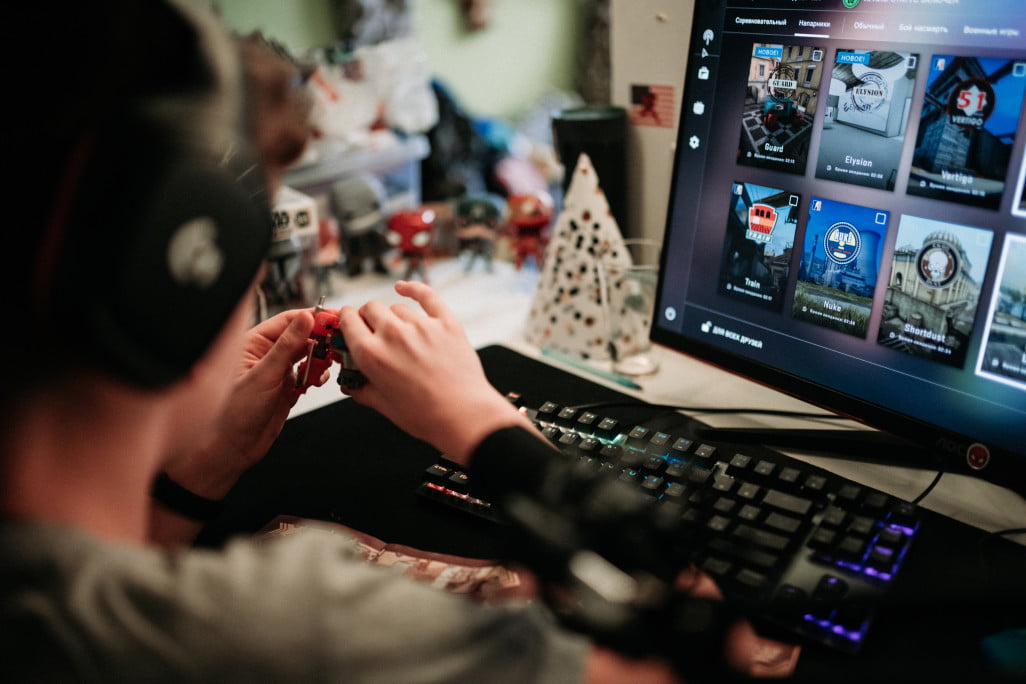

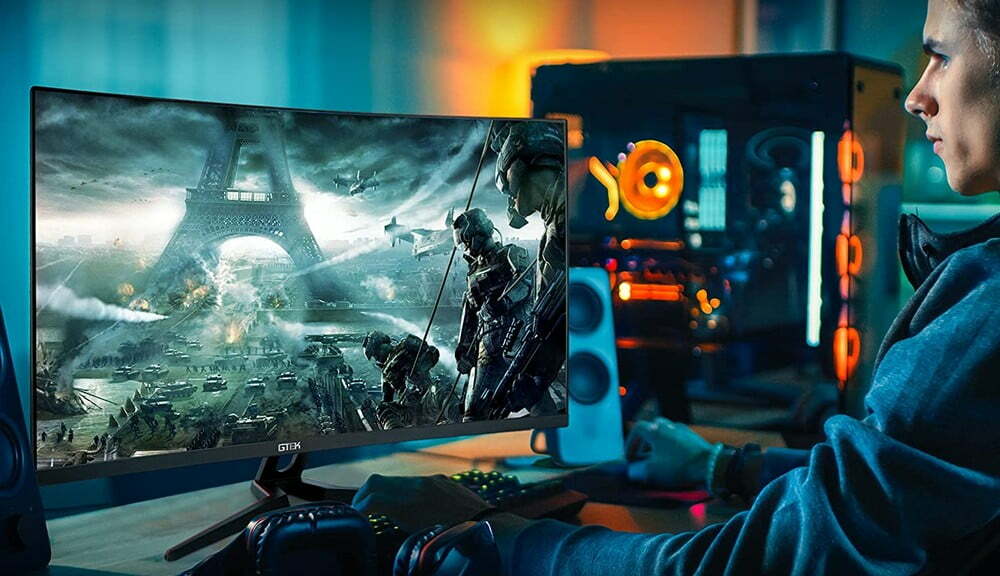
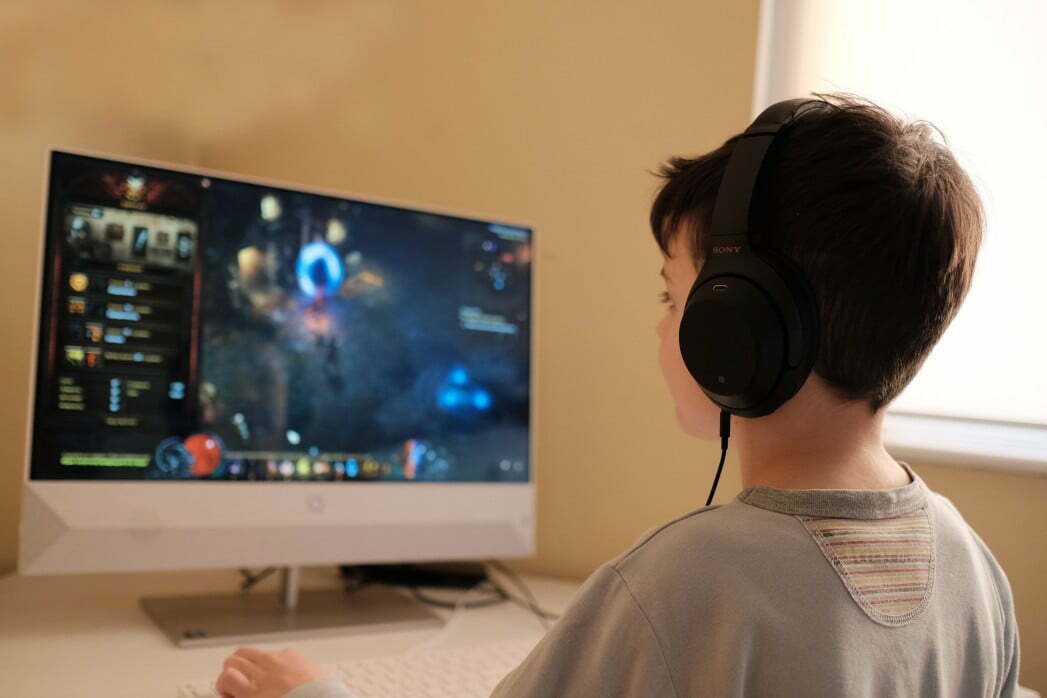
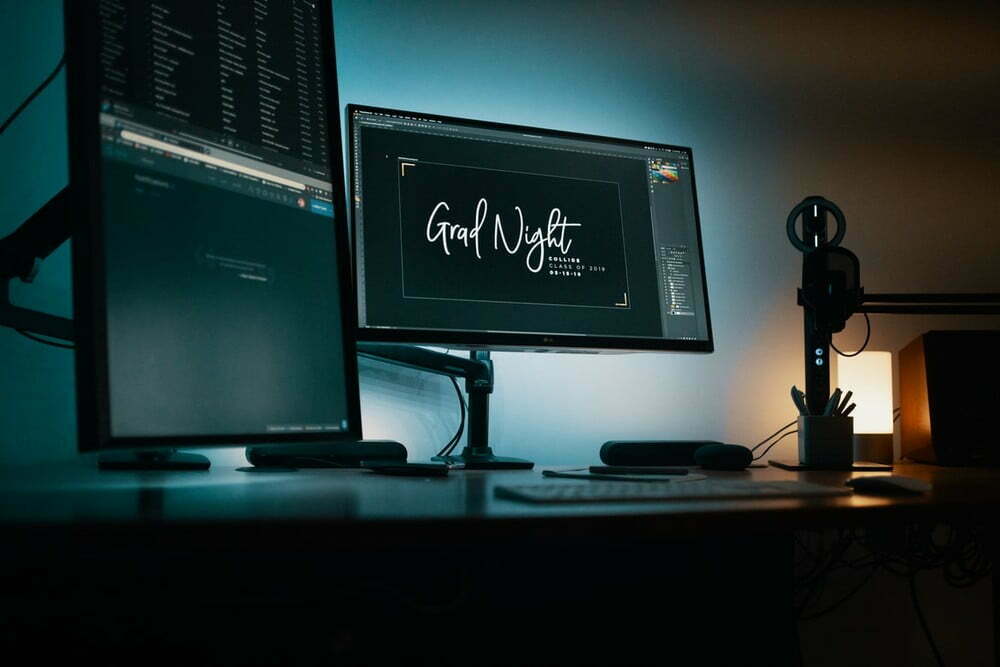

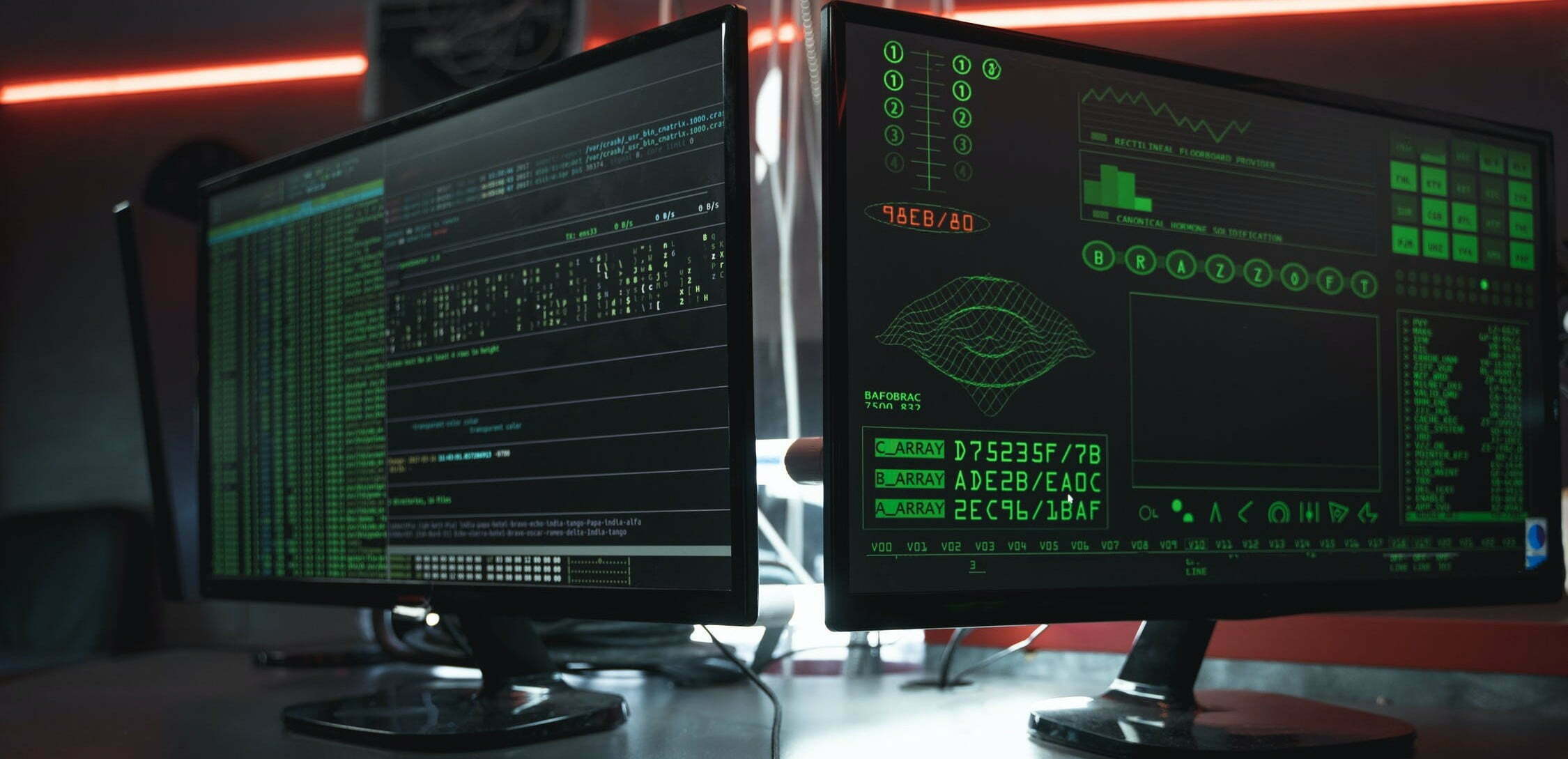
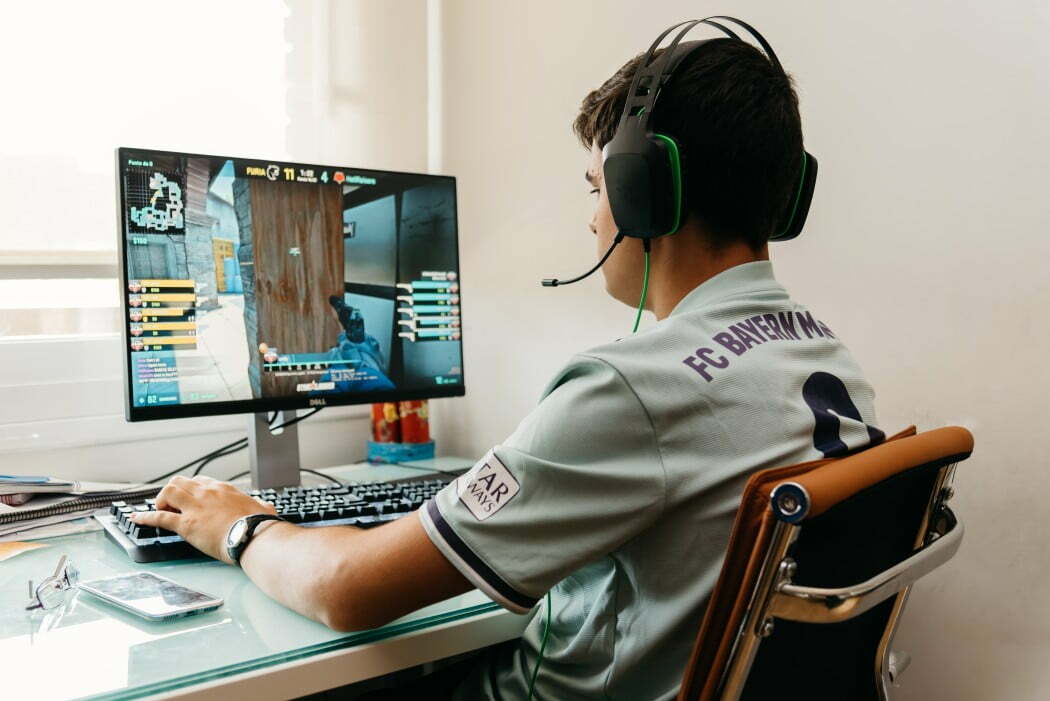

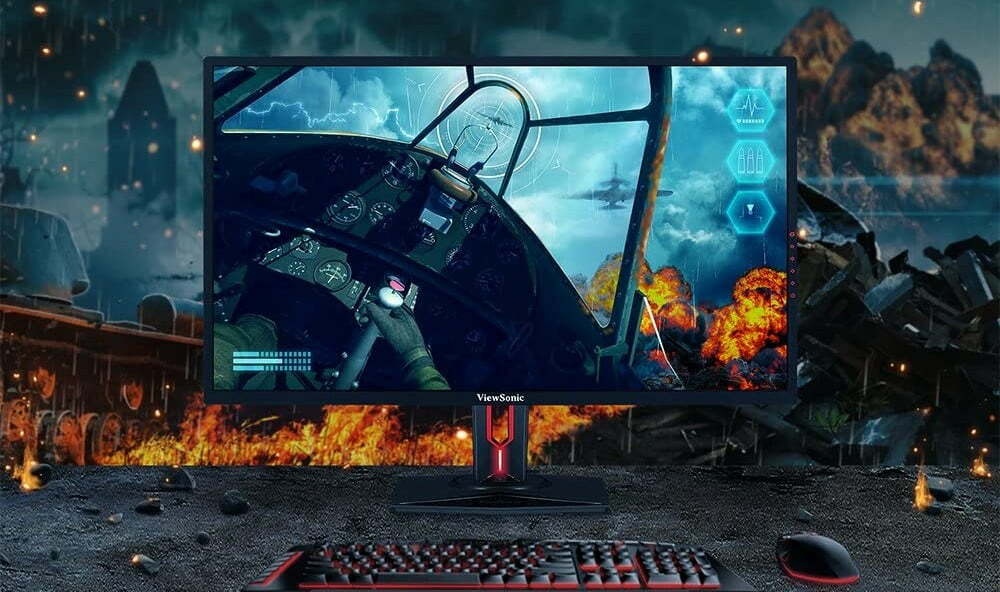
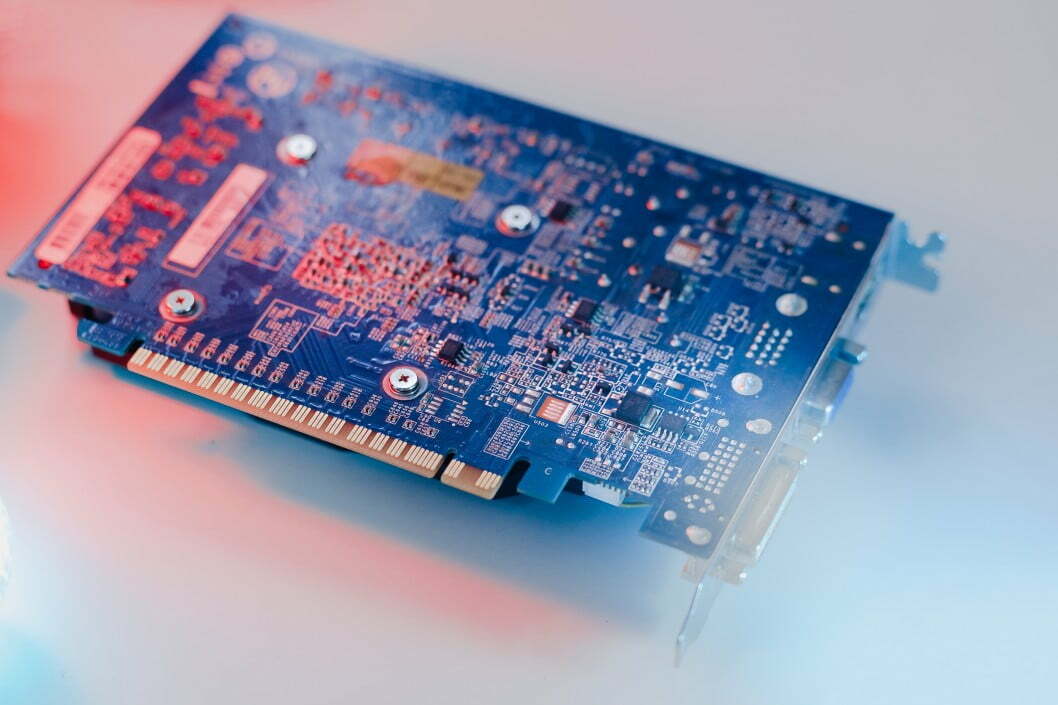

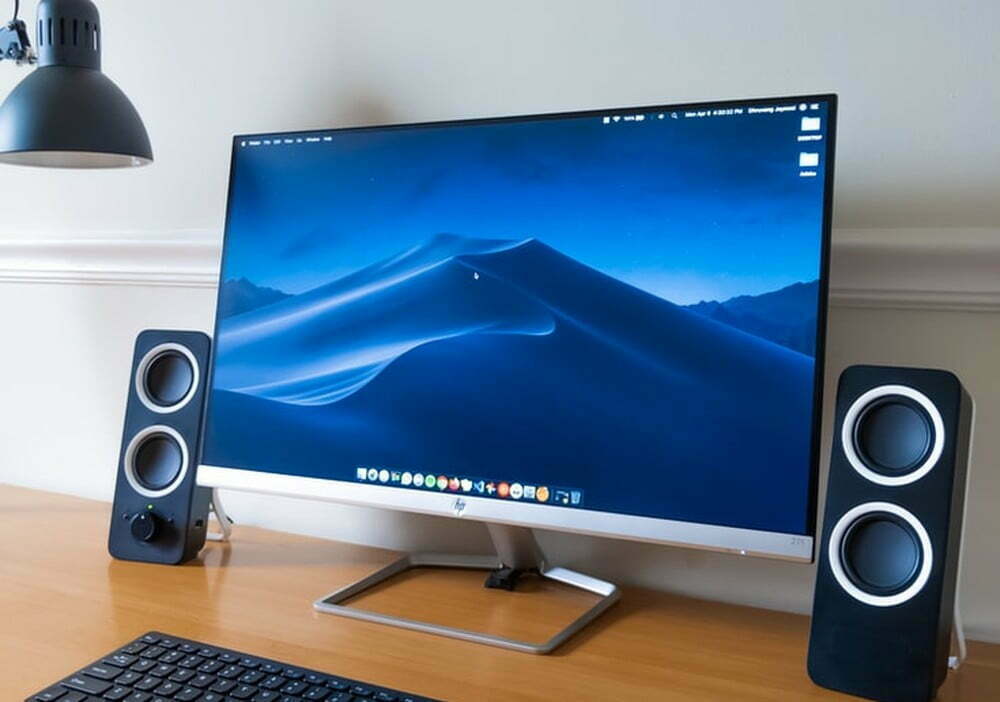


![Best 27 Inch Computer Monitor in [year] 27 Best 27 Inch Computer Monitor in 2025](https://www.gadgetreview.dev/wp-content/uploads/how-to-buy-the-best-computer-monitor.jpg)
![Best BenQ Monitors in [year] 28 Best BenQ Monitors in 2025](https://www.gadgetreview.dev/wp-content/uploads/best-benq-monitor-image.jpg)
![Best ASUS Monitors in [year] 29 Best ASUS Monitors in 2025](https://www.gadgetreview.dev/wp-content/uploads/best-asus-monitor-image.jpg)
![Best Dell Monitors in [year] 30 Best Dell Monitors in 2025](https://www.gadgetreview.dev/wp-content/uploads/best-dell-monitor-image.jpg)
![Best HP Monitors in [year] 31 Best HP Monitors in 2025](https://www.gadgetreview.dev/wp-content/uploads/best-hp-monitor-image.jpg)
![Best Lenovo Monitors in [year] 32 Best Lenovo Monitors in 2025](https://www.gadgetreview.dev/wp-content/uploads/best-lenovo-monitor-image.jpg)
![Best ViewSonic Monitors in [year] 33 Best ViewSonic Monitors in 2025](https://www.gadgetreview.dev/wp-content/uploads/best-viewsonic-monitor-image.jpg)
![Best Gigabyte Monitors in [year] 34 Best Gigabyte Monitors in 2025](https://www.gadgetreview.dev/wp-content/uploads/best-gigabyte-monitor-image.jpg)
![Best Monitors for PS4 Pro Gaming in [year] 35 Best Monitors for PS4 Pro Gaming in 2025](https://www.gadgetreview.dev/wp-content/uploads/best-monitors-for-ps4-pro-image.jpg)
![Best Monitor for Xbox Series X in [year] 36 Best Monitor for Xbox Series X in 2025](https://www.gadgetreview.dev/wp-content/uploads/best-monitor-for-xbox-series-x-image.jpg)
![Best Acer Monitors in [year] 37 Best Acer Monitors in 2025](https://www.gadgetreview.dev/wp-content/uploads/best-acer-monitor-image.jpg)
![Best MSI Monitors in [year] 38 Best MSI Monitors in 2025](https://www.gadgetreview.dev/wp-content/uploads/best-msi-monitor-image.jpg)
![Best SAMSUNG Monitors in [year] 39 Best SAMSUNG Monitors in 2025](https://www.gadgetreview.dev/wp-content/uploads/best-samsung-monitor-image.jpg)
![Best LG Monitors in [year] 40 Best LG Monitors in 2025](https://www.gadgetreview.dev/wp-content/uploads/best-lg-monitor-image.jpg)
![Best AOC Monitors in [year] 41 Best AOC Monitors in 2025](https://www.gadgetreview.dev/wp-content/uploads/best-aoc-monitor-image.jpg)
![Best Philips Monitors in [year] 42 Best Philips Monitors in 2025](https://www.gadgetreview.dev/wp-content/uploads/best-philips-monitors-image.jpg)
![Best Stream Decks in [year] 43 Best Stream Decks in 2025](https://www.gadgetreview.dev/wp-content/uploads/best-stream-deck-image.jpg)
![Best Monitors For PUBG in [year] 44 Best Monitors For PUBG in 2025](https://www.gadgetreview.dev/wp-content/uploads/best-monitor-for-pubg-image.jpg)
![Best Monitors for Streaming in [year] 45 Best Monitors for Streaming in 2025](https://www.gadgetreview.dev/wp-content/uploads/best-monitor-for-streaming-image.jpg)
![Best Monitors For Flight Simulator in [year] 46 Best Monitors For Flight Simulator in 2025](https://www.gadgetreview.dev/wp-content/uploads/best-monitor-for-flight-simulator-image.jpg)
